Wildland Fire
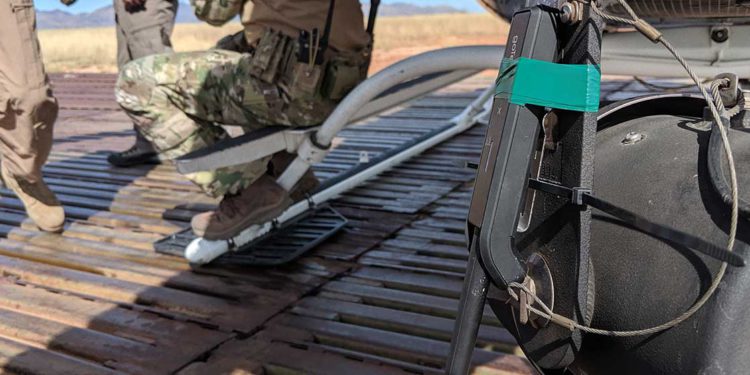
Which aerial assets are the perfect match for your mesh network?
Those who operate in austere, geographically isolated areas outside of a cell service bubble need reliable communications for the duration of their mission. They’re either battling wildfires, searching for missing people, or monitoring border activity across huge swaths of land. Traditionally, the only way to have continuous coverage for situational
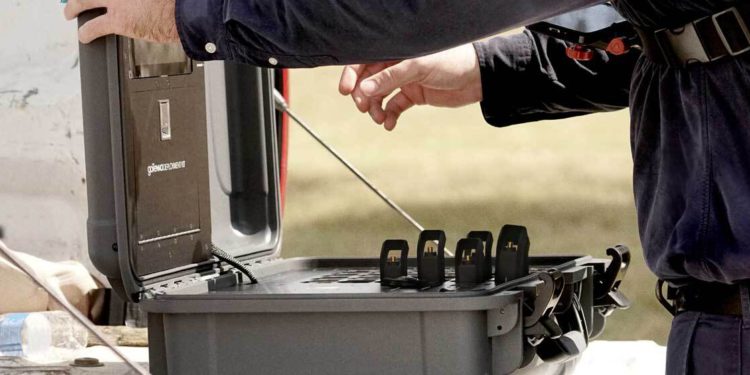
Evolving mesh networks hold the key to government IoT initiatives
Digital transformation and modernization initiatives are pervasive across all levels and sectors of our government – from federal civilian agencies, to military organizations, to state and local law enforcement and public safety organizations. Every agency and organization is exploring how new technologies can be implemented within the enterprise to increase
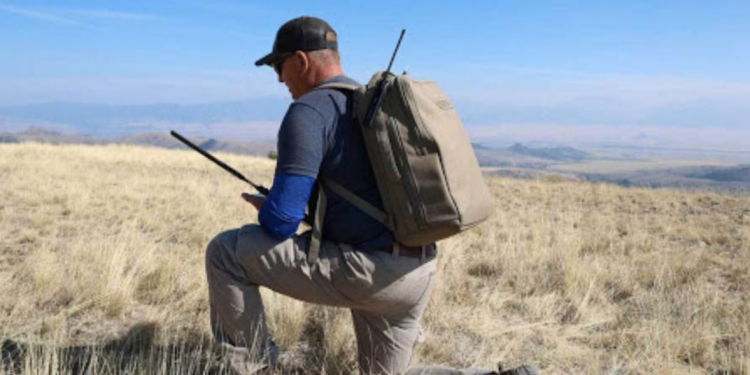
Tough Stump solutions take the “stumped” out of tactical edge connectivity
Network-connected mobile devices, applications, and other digital technologies are crucial components of almost every military operation or mission. Unfortunately, operations are often executed in environments that lack the terrestrial network infrastructures capable of providing the necessary connectivity to these mission-critical technologies. When warfighters are deployed in off-grid and austere environments
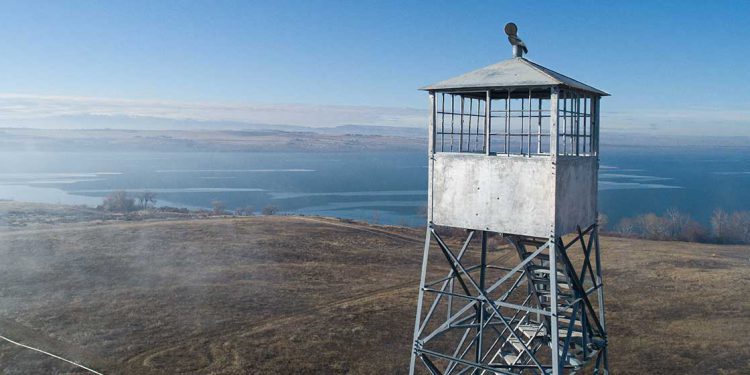
A cost-effective way to leverage IoT in government missions
One of the recurring challenges that the government – at all levels – has faced for as long as many can remember is the need to accomplish massive missions with few resources. To combat that challenge, the government is increasingly turning to technology to better expend taxpayer resources by bridging
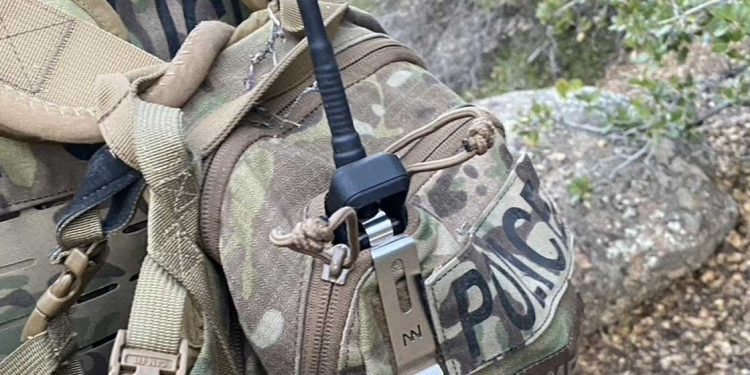
VTC sees benefits of mobile mesh for off-grid tactical operations
From urban landscapes to rugged terrains, American military, law enforcement and emergency response operations are often conducted in extremely varied, dynamic, and unpredictable environments. On any given workday, a first responder could be called upon to repel down the side of a skyscraper or extract an injured hiker from the
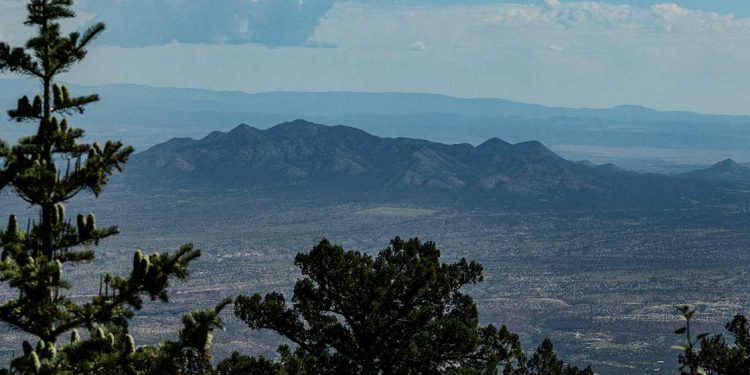
How ATAK Transformed Search and Rescue in Bernalillo County, New Mexico
When the Bernalillo County Sheriff Department’s (BCSD) Metro Air Support Unit (MASU) receives a search and rescue call from dispatch, time, speed, and, most importantly, situational awareness (SA) are crucial, make-or-break factors that determine the outcome of a critical incident. To add pressure to an already intense situation, New Mexico’s
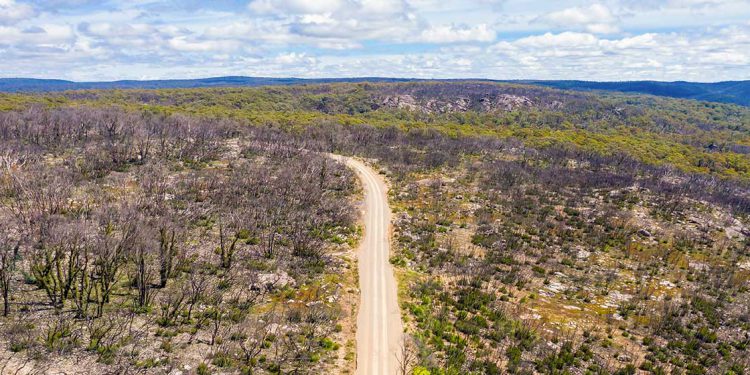
Valuable lessons learned from the devastating 2019/20 New South Wales bushfire season
In Australia’s most populous state, New South Wales (NSW), the 2019/2020 bushfire season was one for the record books. This is not, however, a fact to celebrate. With many lives lost, homes destroyed, and vast amounts of land and infrastructure damaged, there is a need for both recovery and healing,
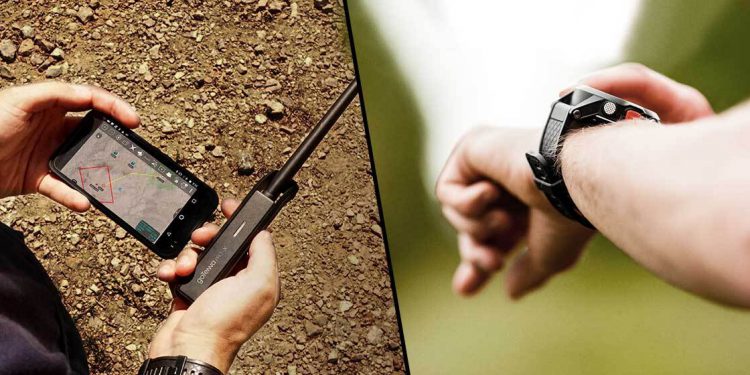
Hot Take: GPS trackers versus goTenna Pro X and mobile mesh networks
As part of the Hot Takes series, we’ll be taking a highly debated topic and exploring the pros and cons of both sides. During each debate, you’ll hear from goTenna Pro experts who offer the hands-on experience from working with customers and deploying goTenna Pro X devices in the field.
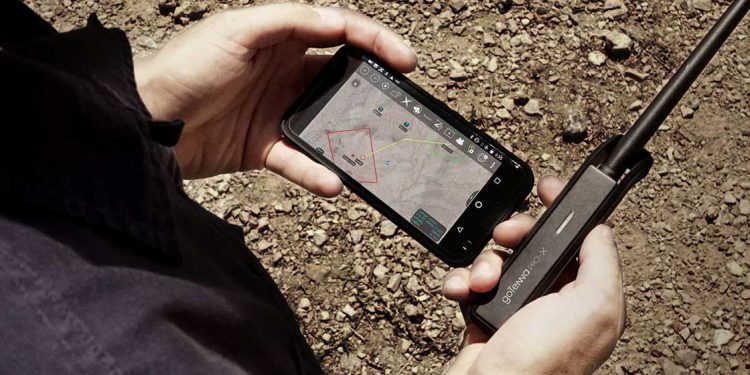
Situational awareness? Thanks to ATAK, there’s an app for that!
If you’ve ever served your nation as a member of the military or served your community as a first responder, you may have heard the acronym, “ATAK.” Interestingly enough, depending on which of those communities you were a member of, that acronym could stand for something different. In the military,
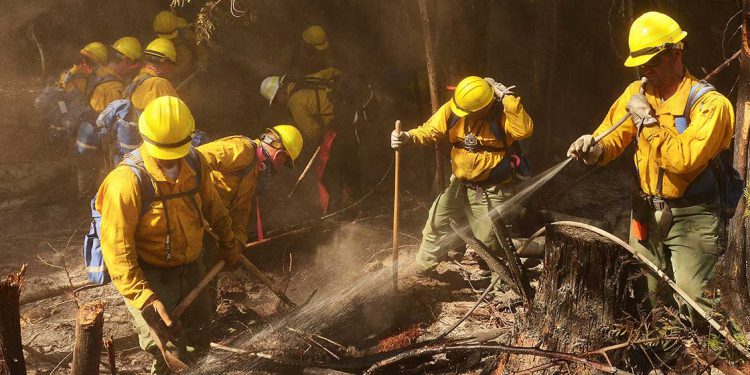
How the Dingell Act is making progress possible in wildland firefighting
Progress isn’t always observable. With 2020’s disastrous wildfire season, we saw the record-breaking loss of land and the loss of far too many lives. Knowing that wildland firefighting improvements were made in the face of such tragedy could be welcome. Confronting disaster is what wildland firefighters do. And seeking better



